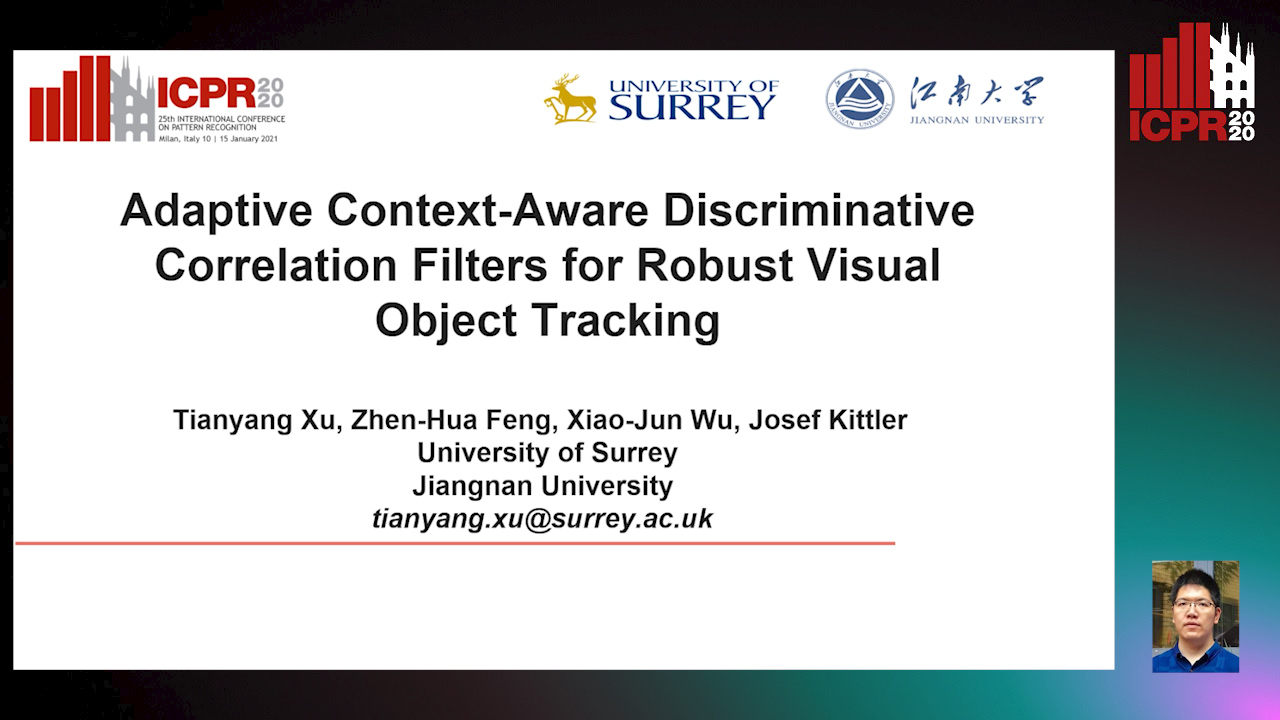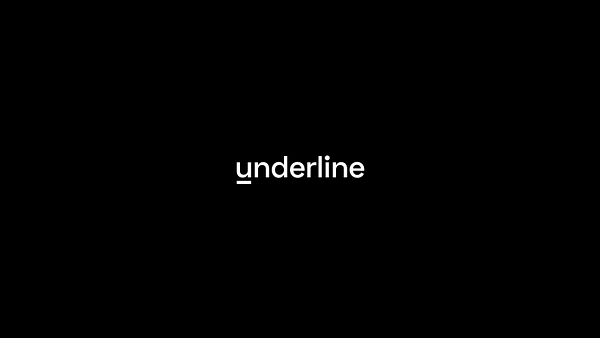Xiaojun Wu
Papers from this author
Adaptive Context-Aware Discriminative Correlation Filters for Robust Visual Object Tracking
Tianyang Xu, Zhenhua Feng, Xiaojun Wu, Josef Kittler

Auto-TLDR; ACA-DCF: Adaptive Context-Aware Discriminative Correlation Filter with complementary attention mechanisms
Abstract Slides Poster Similar
A Dual-Branch Network for Infrared and Visible Image Fusion

Auto-TLDR; Image Fusion Using Autoencoder for Deep Learning
Abstract Slides Poster Similar
Fast Discrete Cross-Modal Hashing Based on Label Relaxation and Matrix Factorization
Donglin Zhang, Xiaojun Wu, Zhen Liu, Jun Yu, Josef Kittler

Auto-TLDR; LRMF: Label Relaxation and Discrete Matrix Factorization for Cross-Modal Retrieval
Subspace Clustering Via Joint Unsupervised Feature Selection
Wenhua Dong, Xiaojun Wu, Hui Li, Zhenhua Feng, Josef Kittler

Auto-TLDR; Unsupervised Feature Selection for Subspace Clustering